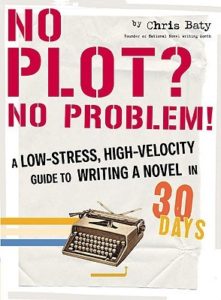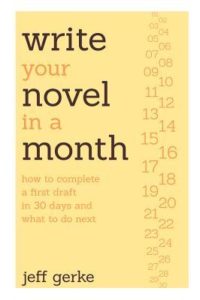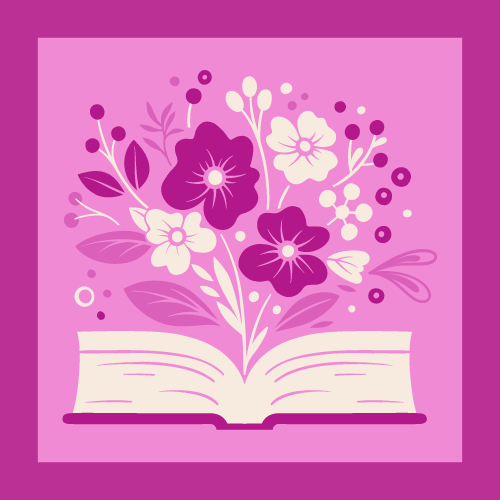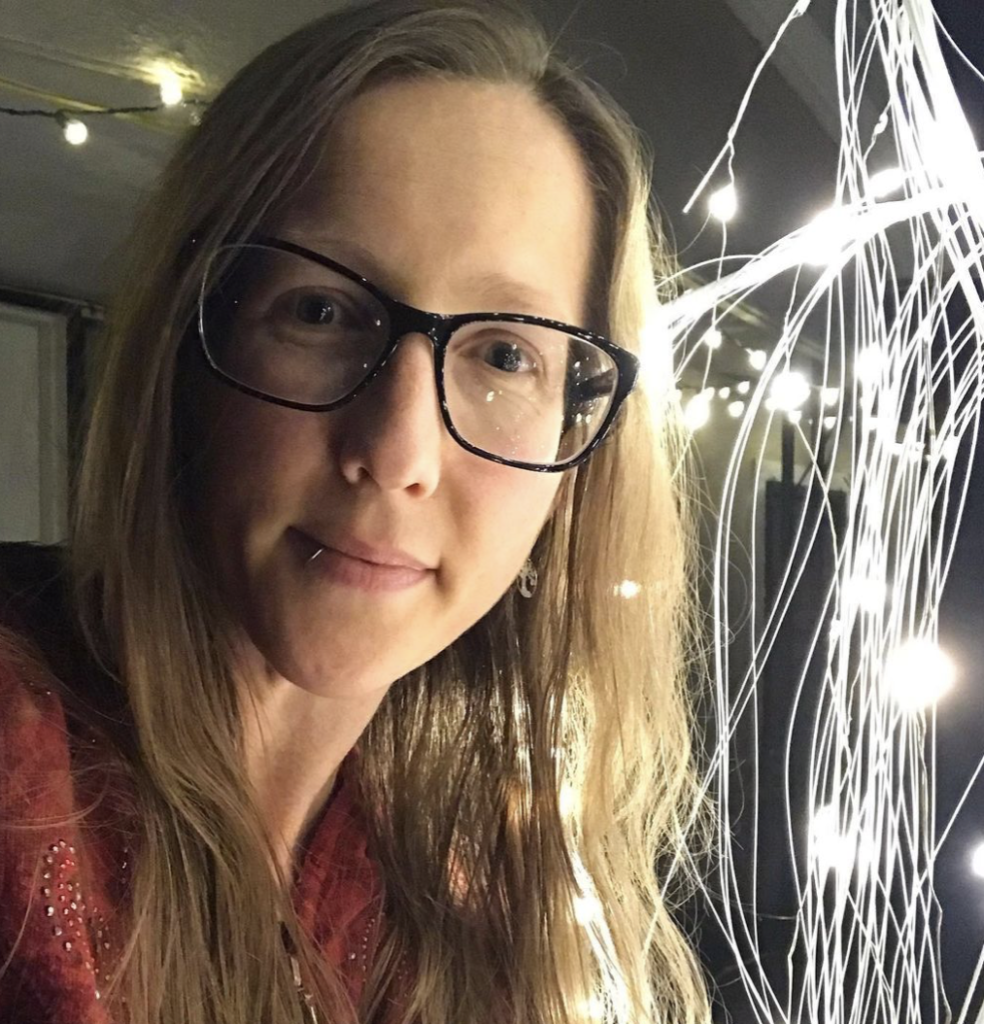It’s nearly NaNoWriMo season! For those unfamiliar, NaNoWriMo stands for National Novel Writing Month and takes place in November. Within that 30 day period, writers challenge themselves to take on a new project, writing at least 50,000 words with a beginning, middle, and end.
Using the NaNoWriMo website, you can register for free to join the community of writers taking on this challenge. There you can share what your novel is about and track your word count during the month of November. You will earn badges for encouragement as you progress through the month.
One of my favorite perks are the Pep Talks. Each week a published author shares a letter to inspire and motivate participants. There are also opportunities to interact with other writers.
In previous years writers have been placed in regional groups based on their location. Often within your region there are local write ins and other events that offer support throughout the challenge. There are also several virtual activities to participate in from online word sprints to writing prompt generators.
The point behind NaNoWriMo isn’t to have a ready to publish novel at the end of the month. Rather the rapid writing process is meant to get you to turn off your “internal editor”. From there you can embrace any idea or twist your imagination comes up with. By the end you’ve proven to yourself you can complete the work and you have enough words down to know if this is a story you’d like to pursue. It gives you somewhere to begin the editing process.
My NaNoWriMo Experiences
I’ve participated in NaNoWriMo for 5 different years and completed it 4 times. In 2018, I shared my NaNoWriMo month as my November project on the blog. The first year I participated I was amazed that I could complete 50,000 words! I had never written anything that length before. Plus it was such a fun creative experience. Since then I’ve been addicted.
When I first began with NaNoWriMo I took a pantser approach, meaning I sat down to a blank screen on November 1st with a vague idea of my story. Pantser refers to flying by the seat of your pants and figuring out your story as you write. Planners work on extensive outlines, world building, and character development beforehand. Some writers are a combination of both.
Getting Ready for NaNoWriMo
In more recent years, I’ve tried to incorporate a bit more planning into my NaNoWriMo experience. Some NaNo veterans refer to October as the month Preptober. The NaNoWriMo website now offers NaNo Prep 101 resources that begin in September to get you all set for November. Every week has a different focus, beginning with story ideas and ending with time management tips.
I prefer to go into November with a storyline, my main and secondary characters identified, some scene ideas, and knowing the setting where my story takes place. I enjoy having some of this sorted so I don’t snap out of the moment trying to find the perfect character name or researching a climate. There’s a balance between too little and too much detail already figured out. I like to remain flexible with the story progression because it’s more fun to be inspired by new twists and turns as I’m writing.
This year I was planning to try my hand at a romance novel. Lately I’ve been really looking forward to the coziness and comfort of the holidays. That’s made me curious if this is the year I should write a holiday novel. Perhaps with a romantic subplot but the focus on a big crazy family brought together for the holiday season.
I still have a couple of weeks to figure it out. In the meantime, I’m brushing up on romance genre conventions. I’m also rereading Gwen Hayes’ book, Romancing the Beat, for a refresher on the necessary plot points for romance story structure.
Books for NaNoWriMo:

Before I began my first writing challenge back in 2013, I read No Plot? No Problem!: A Low-Stress, High-Velocity Guide to Writing a Novel in 30 Days by Chris Baty, the founder of NaNoWriMo. This book is the original guide to completing a novel in 30 days. It’s full of advice, tips, and inspiration directly related to NaNoWriMo.

Jeff Gerke’s Write Your Novel in a Month: How to Complete a First Draft in 30 Days and What to Do Next is another great writing book meant to guide NaNoWriMo participants or any writers wanting to get a draft done quickly. I appreciated the layout of this book and the section covering what to do once your first draft is completed. I struggle with where to begin the editing process.
NaNoWriMo Resources:
National Novel Writing Month Blog
Who else is participating in NaNoWriMo this November?

